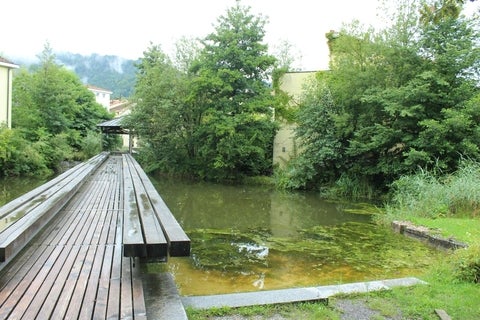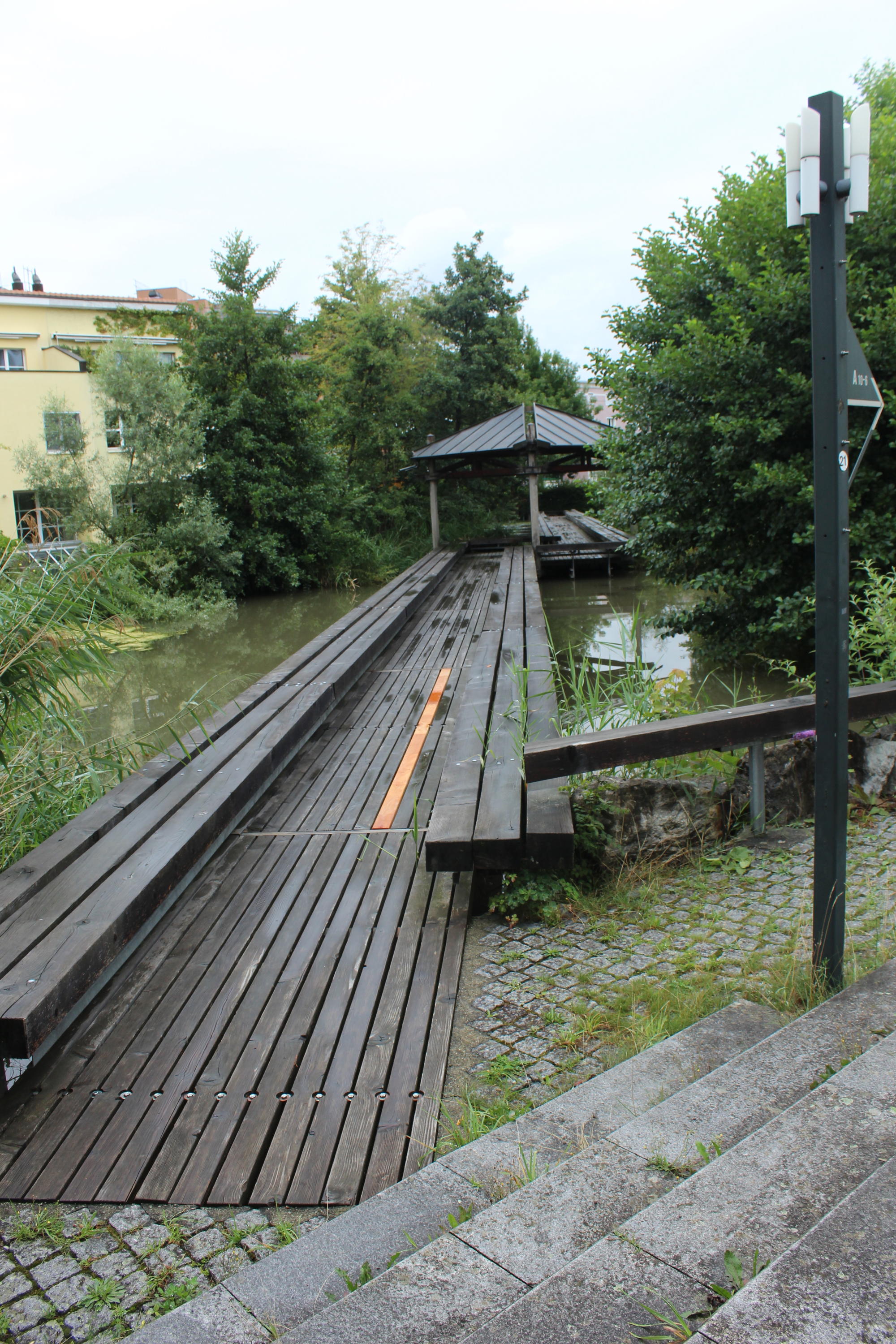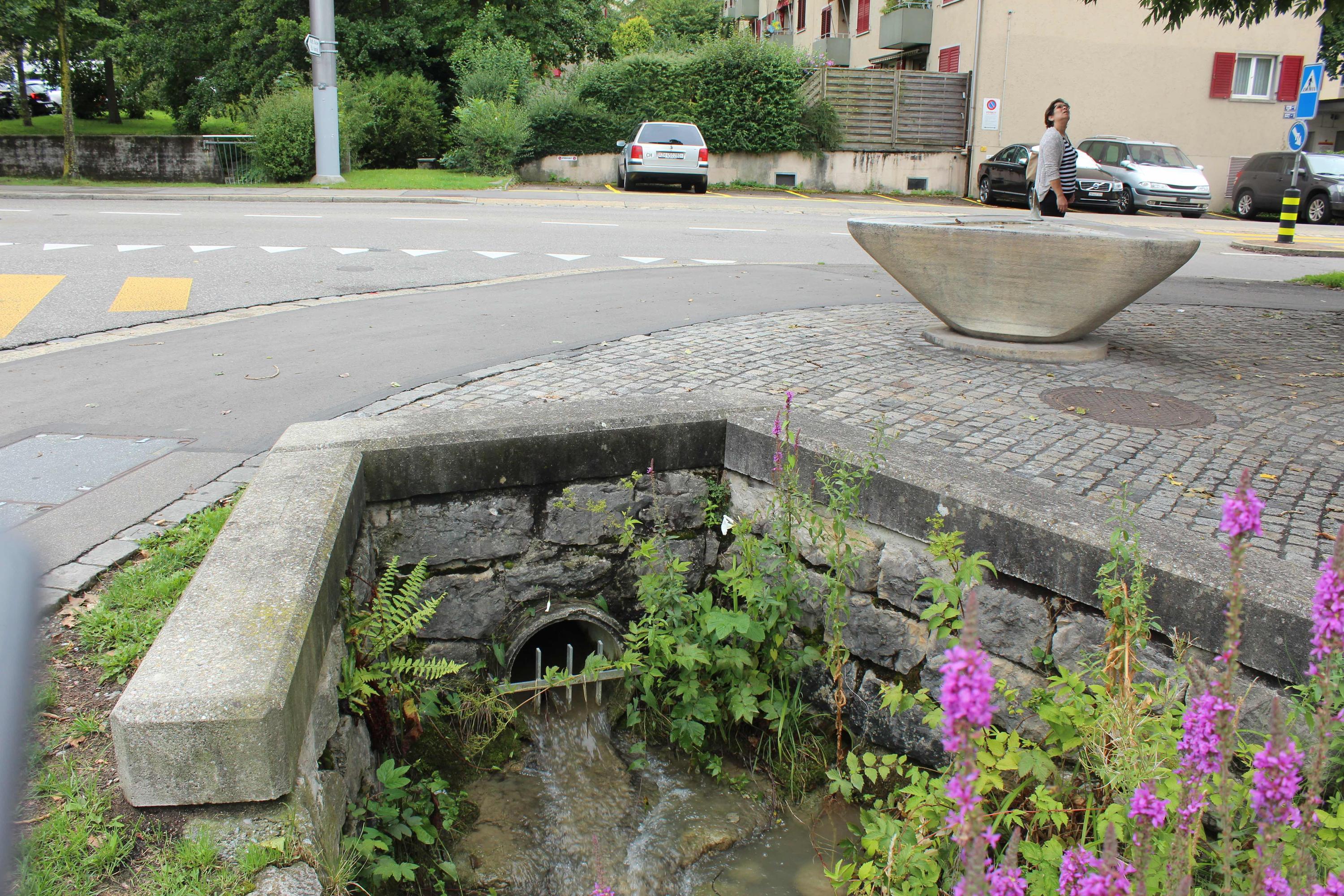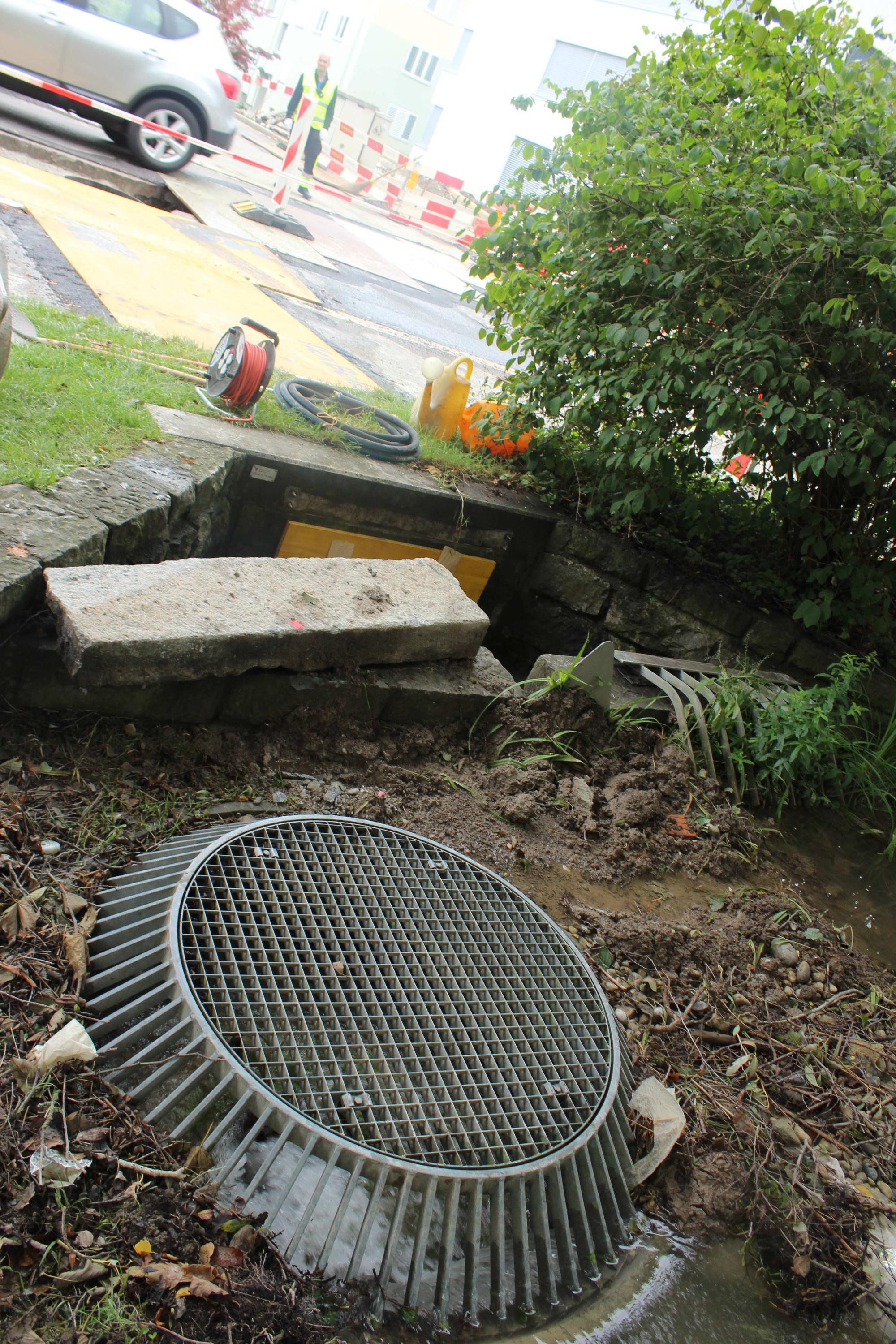
What is daylighting?
Daylighting is the practice of uncovering a buried watercourse or a part thereof (Pinkham 2000). In our peer reviewed paper in Sustainable Cities and Society titled "Digging for the truth: A combined method to analyze the literature on stream daylighting" we define stream daylighting based on our review of 113 literature sources as follows:
The practice of removing streams from buried conditions and exposing them to the Earth's surface in order to directly or indirectly enhance the ecological, economic and/or socio-cultural well-being of a region and its inhabitants (Khirfan, Peck, & Mohtat 2020: 10).
It seems that the earliest daylighting projects took place almost concurrently in North America and in Europe. The earliest documented daylighting project Strawberry Creek in Berkeley, California which dates back to 1987 (Potteiger, 1998; Pinkham, 2000). In fact, Pinkham (2000: IV) credits Douglas Wolfe, the landscape architect behind the Strawberry Creek project, with coining the term “daylighting”. It was a vision to restore the ecological integrity of Strawberry Creek that triggered its daylighting (Charbonneau, 1992; Leopold, 1986).
In Europe, the City of Zürich in Switzerland began to systematically daylight its urban brooks since 1988, and has since daylighted over 21KM of brooks (ERZ Entsorgung, 2003) – the extent of which places the City of Zürich at the helm of daylighting practice globally. In Zürich’s case, daylighting commenced with one objective, namely to separate rainwater runoff from the sewer system in order to alleviate the pressure on the sewage treatment facilities and therefore decrease the cost of sewage treatment (Conradin, 2004). Over time, however, the process led to enhancing the water quality and to integrating water as part of the public realm design.
While the earliest stream daylighting projects were motivated by concerns about pollution (from street runoff, sewage, and chemicals), in the following years, daylighting projects seem to have evolved into a pragmatic (i.e., less costly) solution than replacing or maintaining the aging hydrological infrastructure deployed to divert watercourses below ground (Wild, Bernet, Westling, & Lerner, 2011). Ironically however, it was the daylighting of the Cheonggyecheon stream in downtown Seoul, one of the costliest urban projects, that brought the practice to the limelight in 2004.
References
- Conradin, F. and R. Buchli (2004). The Zurich Stream Day-Lighting Program. Enhancing Urban Environment by Environmental Upgrading and Restoration. J. Marsalek, D. Sztruhar, M. Guilianelli and B. Ubonas. United States of America, Kluwer Academic. 43: 277-288.
- Charbonneau, R. and V. H. Resh (1992). "Strawberry creek on the University of California, Berkeley campus: A case history of urban stream restoration." Aquatic Conservation: Marine and Freshwater Ecosystems 2(4): 293-307.
- ERZ Entsorgung (2003). Streams in the city of Zürich: Concept, experiences and examples. Zürich, Switzerland, City of Zürich. (translated from German).
- Khirfan, L., Peck, M., and Mohtat, N. (2020). Digging for the truth: A combined method to analyze the literature on stream daylighting. Sustainable Cities and Society: 59 (2020). 102225.
- Leopold, L. (1986). UC Berkeley Strawberry Creek Restoration Project: The Making and Mending of an Urban Creek. B. University of California. http://strawberrycreek.berkeley.edu/history/history.html, University of Califronia, Berkeley.
- Pinkham, R. (2000). Daylighting: New Life for Buried Streams. Old Snowmass, Colorado, Rocky Mountain Institute: 73.
- Potteiger, M. and J. Purinton (1998). Landscape Narratives: Design Practices for Telling Stories. New York, John Wiley & Sons.
- Wild, T. C., et al. (2011). "Deculverting: reviewing the evidence on the ‘daylighting’ and restoration of culverted rivers." Water and Environment Journal 25(3): 412-421.

The daylighting of an urban brook in a residential neighbourhood in Zürich led to the creation of this urban pond and public urban space (photo: Luna Khirfan, July 2017).

A daylighted urban brook in a residential neighbourhood in Zürich. Some parts still run in culverts beneath the street (photo: Luna Khirfan, July 2017).

An urban brook in a residential neighbourhood in Zürich in the process of being daylighted as part of an urban development project that entails cooperation between the private developers and the City of Zürich (photo: Luna Khirfan, July 2017).